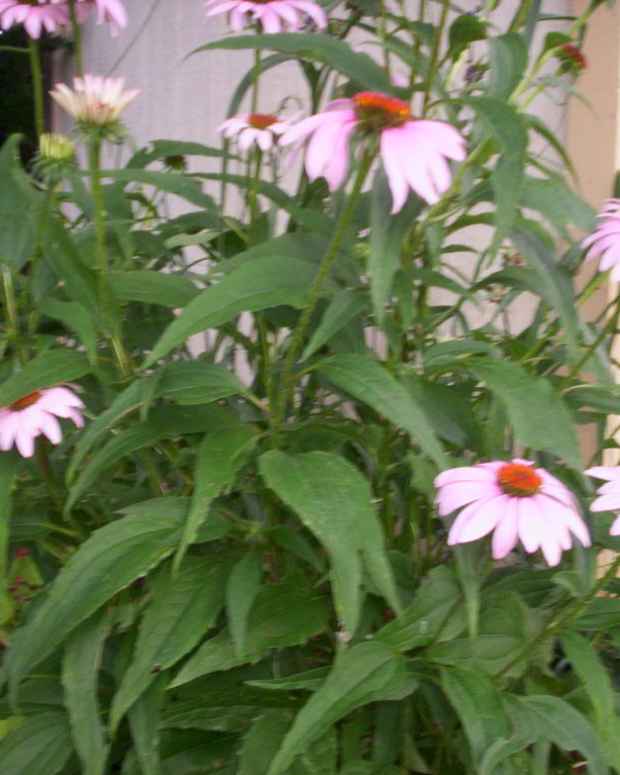

The tallest flowers reach up to 7-feet in height. The maximum height of this flower varies, depending on the variety. Black Eyed Susan adds color to your garden What Is the Maximum Height of Black-Eyed Susan? They’ll start producing flowers as early as the mid to late spring, bringing some color to your garden in the early part of the summer. Some varieties, such as the ‘Early Bird Gold,’ feature extensive blooming periods. In most cases, the flowers start to appear in late July, early August, and they bloom through until the first frosts begin in November. The Black-eyed Susan has an extended flowering period, showing up in the latter part of summer, blooming for around eight to ten weeks, depending on the environmental conditions. What Is the Flowering Period for Black-Eyed Susan? They like the warm weather, but they perish quickly without water in high temperatures. This Rudbeckia is unrelated to the coneflower, and it’s a warm-climate perennial plant that’s native to African countries.īlack-eyed Susan grows best in USDA Zones 3 through 9. The black-eyed Susan vine (Thunbergia alata), is another common form of the plant in gardens across America. However, the black-eyed Susan and the coneflower share identical growing conditions, and they prefer warmer climates. The black-eyed Susan comes from the coneflower family, but they have different colors, and the appearance of the bee and flower petals are different.

11 Pests and Diseases Affecting Black-Eyed Susan.8 Can I Sow Black-Eyed Susan Seeds Directly to My Flowerbed?.5 What are the Common Varieties of Black-Eyed Susan?.4 What are the Characteristics of Black-Eyed Susan?.3 What Is the Maximum Height of Black-Eyed Susan?.2 What Is the Flowering Period for Black-Eyed Susan?.1 What are the Growing Conditions Suitable for Black-Eyed Susan?.What are the Growing Conditions Suitable for Black-Eyed Susan? The following season you’ll have some beautiful hybrid colors popping up from seed as the summer starts to wind down. If you had multiple varieties of colors and sizes in your garden this year, leave them to seed. Susans are easy to grow, and they start from seed naturally in the ground after each season. The Rudbeckia is a proud member of the sunflower genus, (Asteraceae) with daisy-like flowerheads that lean toward the sun.Īlso known as the “coneflower,” don’t confuse the black-eyed Susan with purple coneflowers (Echinacea purpurea), as they are an entirely different species.

The new hybrid varieties offer plenty of diversification for your garden, and they’re suitable for any style garden, from urban flowerbeds to prairie plots. Black Eyed Susan produces a great display Today, you can find the black-eyed Susan in various heights, forms, and colors. As a result of its popularity, gardeners started cross-breeding different varieties, resulting in some exciting hybrids. The National Garden Bureau named this wildflower “Plant of the Year” in 2008, putting this species in the spotlight of gardeners around the country. The black-eyed Susan produces a pleasant sweet scent, and it attracts pollinators like bees and hummingbirds to your yard when they start to bloom. The plants bloom for weeks in the late summer, without any need for specialized care. These bright, colorful flowers come in shades of orange, lemon-yellow, and gold.
Black eyed susan purple coneflower full#
These flowers love being out in the full sunlight, stretching its petals to the sky to absorb the rays in the dying days of summer. As August starts to wind down, these cheery Rudbeckias begin to pop up in flowerbeds across the country. The Black-Eyed Susan is the posterchild of the late summer season.


 0 kommentar(er)
0 kommentar(er)
